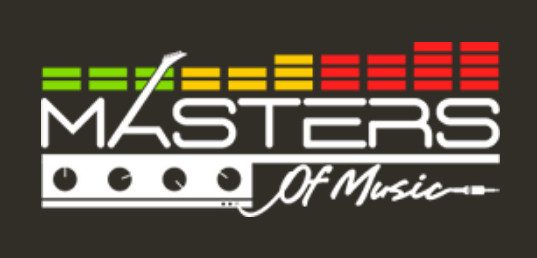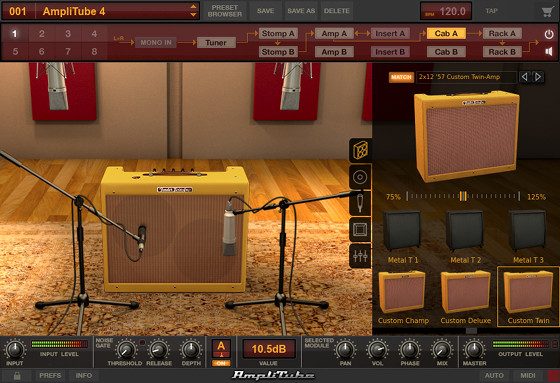Amp sims have come a long way in recent years, and they can help open up new ways to create music and perform live.
I recently came across a YouTube video uploaded by Hop Pole Studios showing a cool way to use amp sims with real tube amps and speaker cabinets.
It turns out that it’s entirely possible (and fun) to run amp sim preamps through a real tube amp’s power amp and out through the cabinet.
That way you can get a bunch of different tones out of a single tube amp that normally wouldn’t be possible.
Plus it’s pretty cool to be able to use amp sims through a powerful cabinet with 12-inch speakers for a change instead of having to use studio monitors with 5-inch speaker all the time.
I tried this out using a Peavey 6505 MH along with some of Kazrog’s amp sims.
The results were surprising. Some sounded really good, like the dual rectifier sims, but others sound a bit thin and weak for some reason, but cranking depth on the amp helps to even things out.
It’s pretty cool to be able to get a rectifier tone on a cheap Peavey amp.
How to Use Amp Sims with Tube Amps
In order to run amp sims through a real tube amp you’re going to need a Radial ProRMP reamp box or equivelent.
You connect the reamp box from the output of an audio interface to the return input of the effects loop on your amp. This will bypass the amp’s preamp section so that you can use amp sim preamps with the amp’s power tube section.
Then all you have to do is make sure to disable the preamp section of the amp sim you’re using (not all have that option but Kazrog’s sims do) and then route the output to the reamp box.
It’s quite common to do the opposite of this by using a real amp’s preamp section with a simulated power section and cabinet, routing out of the amp’s effects loop send to an audio interface, but it can be quite useful to be able to do it this way as well.
Here’s the video from Hop Pole Studios outlining the process:


Cool article! It’s nice to remember that you’re never limited to tube or digital – mixing tracks that are combinations of both can lead to some great tones and very interesting textures to one’s music.